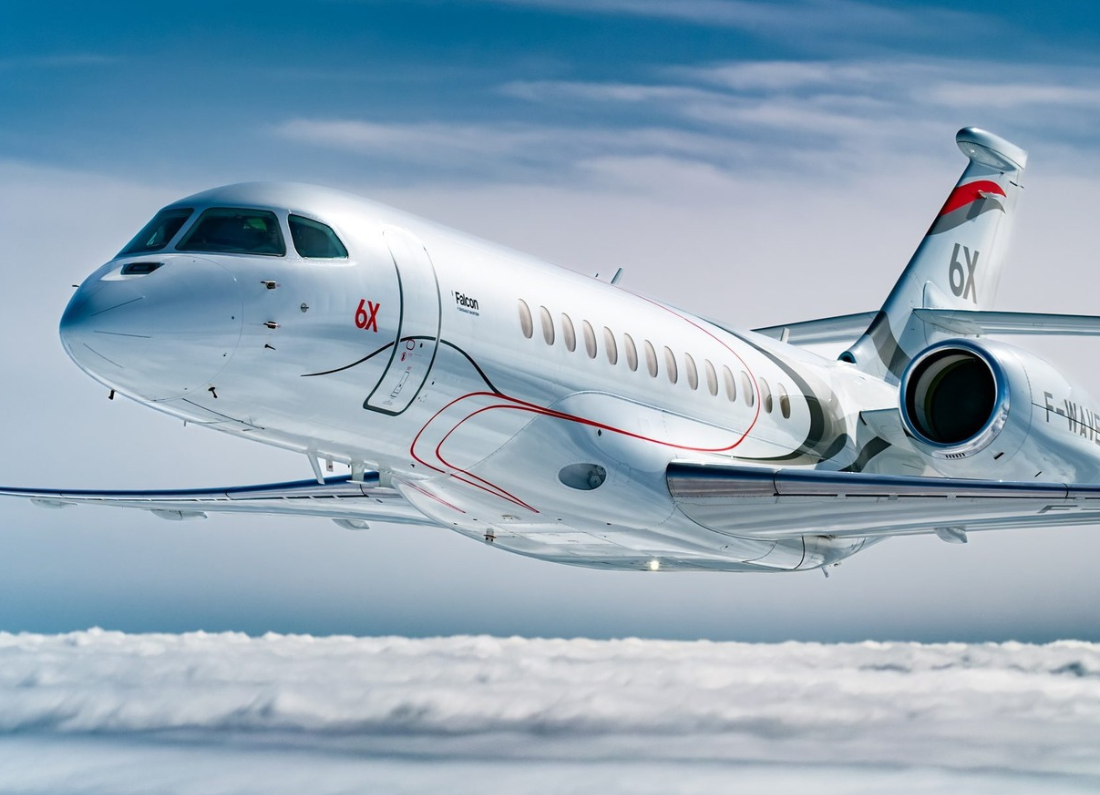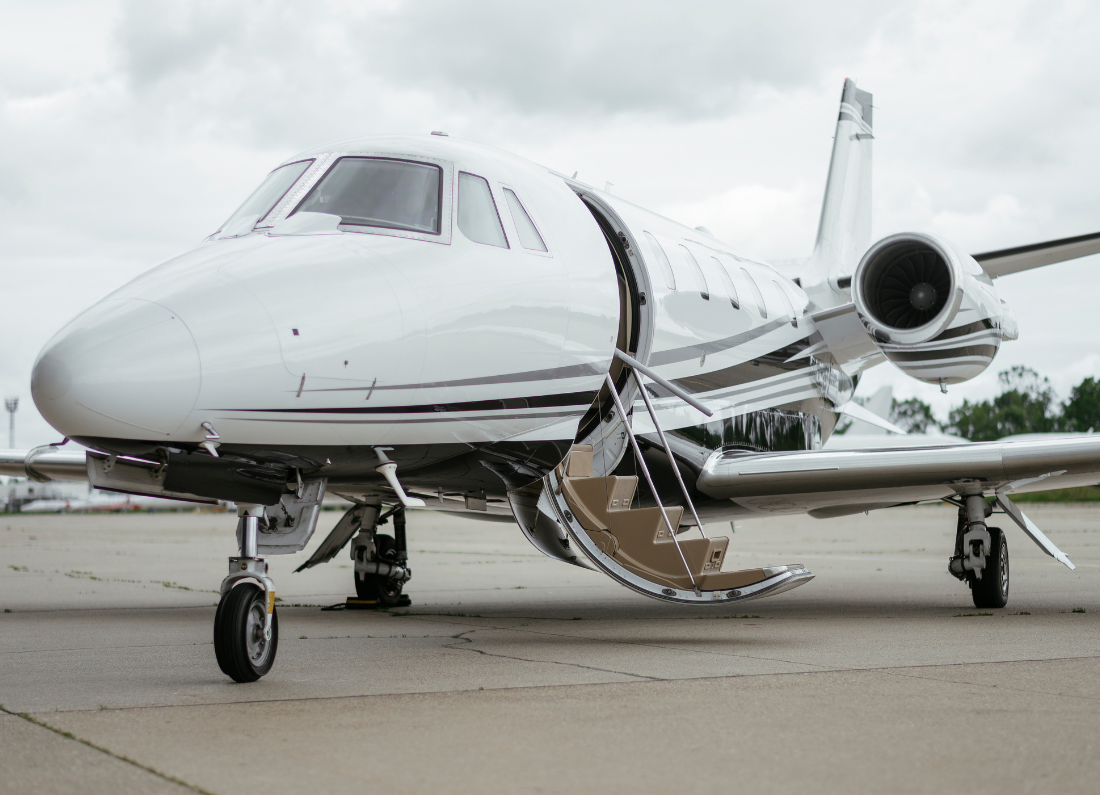Private aviation in Asia, once perceived as a luxury exclusive to the ultra-wealthy, has now evolved into a vital tool for business mobility, medical transport, and urgent travel needs. As we approach 2025, the Asian private flight market is set to experience significant growth, fueled by a convergence of factors including the rise of high-net-worth individuals (HNWIs), enhanced connectivity between regional business hubs, and advancements in personalized, technology-enabled flying experiences.
From Kuala Lumpur to Kansai and Jakarta to Jeju, private aviation has transcended mere prestige; it embodies the principles of power, privacy, and performance, appealing to a broader range of clients beyond traditional affluent travelers.
A Market in Full Climb
The Asia-Pacific private aviation market is projected to reach an impressive $7.6 billion by 2025, demonstrating a robust annual growth rate of over 6% since 2020. This forecast, provided by the Asia Business Aviation Association (AsBAA), highlights the growing demand for private aviation services across the region.
Key Growth Drivers:
- Emergence of Regional Business Hubs: Cities in the ASEAN region, India, and Greater China are becoming prominent business centers, attracting companies and entrepreneurs who require efficient travel options to navigate their expanding markets.
- Demand for Direct Access: There is a marked increase in demand for point-to-point air travel to secondary cities that lack regular commercial flight services, providing travelers with increased flexibility and convenience.
- Efficiency and Speed: The heightened need for faster travel solutions, especially in today’s fast-paced business environment, underscores the importance of private aviation, which offers the ability to avoid long security lines and delays typically associated with commercial flying.
As the market continues to evolve, private aviation is positioned to play a critical role in enhancing mobility, fostering business relationships, and meeting the diverse needs of today’s travelers across Asia.
Who’s Flying?
Private aviation users in Asia now encompass a diverse and strategically important mix of segments, each with specific needs and use cases.
User Segments and Their Usage
- C-Suite Executives & Entrepreneurs: These individuals utilize private aviation for a variety of high-stakes business activities, including regional meetings to facilitate communication and decision-making, factory visits to oversee operations and ensure quality, and deal signings that require speed and confidentiality. The ability to travel directly to multiple locations in a single day maximizes their productivity and time management.
- Ultra-High-Net-Worth Individuals (UHNWIs): This group often benefits from private aviation for leisure, family travel, and estate management. They value the convenience and privacy that private flights provide, enabling them to visit luxury destinations quickly or attend exclusive events without the hassles associated with commercial flights.
- Government Officials & Diplomats: Secure travel between capitals is paramount for government representatives and diplomats. Private aviation allows them to navigate complex logistics while ensuring confidentiality and safety during sensitive missions or negotiations.
- Medical & Humanitarian Flights: Private aviation plays a vital role in medical emergencies and humanitarian efforts. Services such as medevac and organ transplant logistics highlight the critical importance of timely air transport in saving lives or delivering essential supplies to disaster-stricken areas.
- Celebrities & Influencers: Privacy is essential for public figures, making private aviation an attractive option for travel to film sets, promotional events, or private vacations. The speed and exclusivity of these flights enable them to maintain their schedules while avoiding the media’s prying eyes.
Aircraft Types in Demand
The private aviation market in Asia is significantly influenced by aircraft range, comfort, and the accessibility of runways. By 2025, the most sought-after aircraft types include:
| Aircraft | Role | Popular Operators |
|---|---|---|
| Cessna Citation CJ4/XLS+ | Ideal for short-haul business routes. | Operated by ExecuJet and TAG Aviation. |
| Pilatus PC-24 | Known for rugged versatility and access to short runways, ideal for diverse terrain. | Offered by MyJet Asia and OJets. |
| Bombardier Global 6500/7500 | Renowned for long-range intercontinental flights, providing luxury for extended travel. | Operated by Jet Aviation and VistaJet. |
| Gulfstream G600/700 | Represents ultra-luxury long-haul travel, featuring state-of-the-art amenities. | Managed by Deer Jet and Sino Jet. |
| HondaJet & Embraer Phenom 300E | Popular in the light jet charter market, ideal for quick trips and regional travel. | Utilized by regional charter startups and flight schools. |
Regional Landscape: Asia’s Private Jet Hotspots
Asia features several key locations known for private aviation:
- Singapore: As Asia’s financial and charter management headquarters, Singapore hosts major operators like Jet Aviation and ExecuJet. Its strategic location serves as a hub for rapid access to countries like Indonesia, Thailand, and Vietnam, making it a pivotal point for business travel across the region.
- Malaysia (Subang, Langkawi, Johor): Sultan Abdul Aziz Shah Airport (Subang) is rapidly becoming a central business jet base due to increasing demands for medical charters and e-commerce logistics. Langkawi is witnessing seasonal VIP traffic, predominantly from affluent travelers from the Gulf and China.
- Hong Kong: High demand exists for cross-border flights into the Greater Bay Area, essential for business connectivity. However, stringent regulations and airspace pressures limit domestic flight expansion, necessitating creative solutions for operators.
- India (Mumbai, Delhi, Hyderabad): Following the pandemic, demand for private flights has surged. However, airport slot scarcity continues to be a challenge for operators. New charter startups are responding by offering fixed-price programs tailored to wealthy technology entrepreneurs, addressing the need for more flexible travel options.
- China: The market is substantial yet highly regulated, with significant business jet activity concentrated in major cities like Beijing and Shanghai. The need for government approvals for foreign operators remains a prominent barrier to entry.
New Business Models Taking Off
By 2025, Asian private aviation is embracing innovative business models beyond traditional aircraft ownership:
- Charter-On-Demand Apps: Startups such as MyJets Asia International (Malaysia), JetClass (Singapore), and LunaJets (Hong Kong) provide on-demand charter services similar to ride-sharing platforms. They emphasize transparent pricing, rapid dispatch, and easy mobile coordination, catering to an increasingly tech-savvy clientele.
- Jet Cards & Fractional Ownership: Clients can purchase flight hours instead of owning an entire aircraft, an appealing arrangement for those who value flexibility. Programs offered by VistaJet, NetJets, and regional players are now introducing features like sustainable aviation fuel (SAF) offsets and tailored medical support options, responding to evolving consumer expectations.
- Empty Leg Deals: Discounted return flights, frequently marketed through apps, are popular among younger elites looking for spontaneous leisure trips or weekend getaways. This model not only maximizes aircraft utilization but also attracts a broader customer base.
Sustainability Pressure & Technology Integration
Sustainability is becoming a crucial element of private aviation strategies. Operators like VistaJet and Jet Aviation are increasingly using SAF in Singapore and Japan, while some provide carbon offsetting and ESG reporting for corporate clients, aligning with growing environmental consciousness.
Technological advancements are also transforming the industry, with modern aircraft equipped with features such as real-time noise monitoring, emission tracking, and low-emission auxiliary power units (APUs). The introduction of touchless cabin control, high-speed Ka-band internet, and smart maintenance reflects the demand for operational efficiency and enhanced passenger experience.
Market Challenges
Despite robust growth, the private aviation industry faces several challenges:
| Challenge | Impact |
|---|---|
| Regulatory Hurdles | Airspace restrictions and complex landing rights in key markets like China and India can hinder operations. |
| Limited Infrastructure | There are few dedicated fixed-base operators (FBOs) outside major urban centers, making access inconvenient for users. |
| Talent Shortage | A significant shortage of trained pilots and qualified maintenance personnel poses risks to service reliability. |
| Perception of Elitism | Increasing scrutiny regarding the aviation industry’s carbon footprint, particularly in climate-conscious regions, could affect public and governmental support. |
Countries including Malaysia, Thailand, and Vietnam are advocating for increased investment in regional FBOs and streamlined permit processes to unlock greater demand for private air travel.
Looking Ahead: Asian Private Flight in 2030
By 2030, anticipate several transformative changes:
- The introduction of electric vertical take-off and landing (eVTOL) aircraft for seamless travel between urban centers and islands, catering to the demand for efficient transportation solutions.
- Implementation of AI-powered flight management capabilities and exploratory trials of autonomous jets that promise to redefine efficiency and safety in air travel.
- Greater accessibility of SAF and the emergence of completely carbon-neutral charter fleets aligning with global sustainability targets.
- More comprehensive corporate mobility programs that integrate business jets into everyday travel planning for companies, emphasizing time savings and productivity.
- Enhanced regulatory harmonization across borders through agreements established by ASEAN and APAC, simplifying operations for operators and improving accessibility for clients.
In 2025, private aviation in Asia is set to be intricately connected, more competitive, and highly conscious of its environmental impact than ever before. The focus now extends beyond simply offering luxury travel; it’s about providing unparalleled flexibility and precision, allowing clients to fly on their own terms.
For Asia’s CEOs, surgeons, and high achievers, the sky no longer serves as a limit; it has become a new pathway for their commute.











